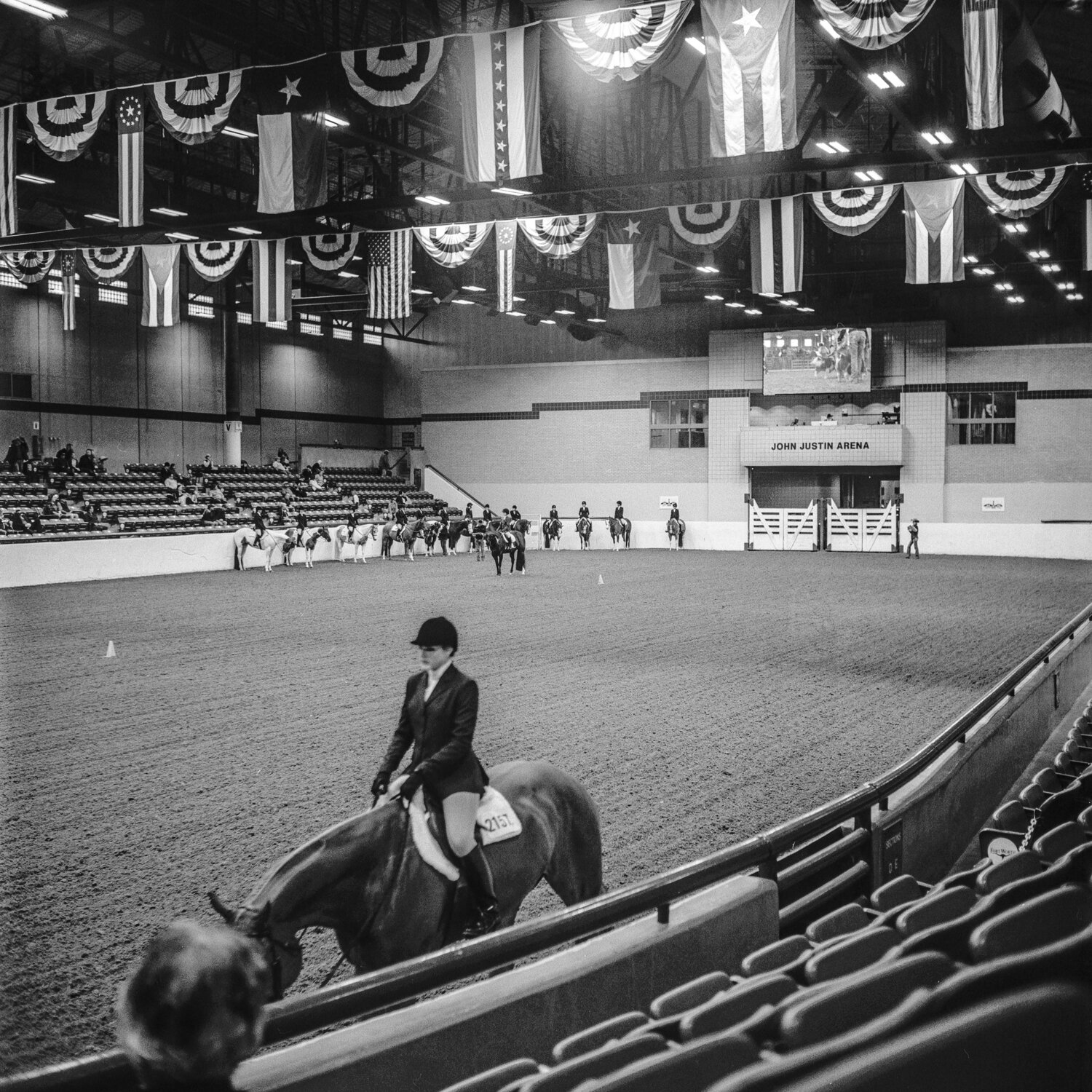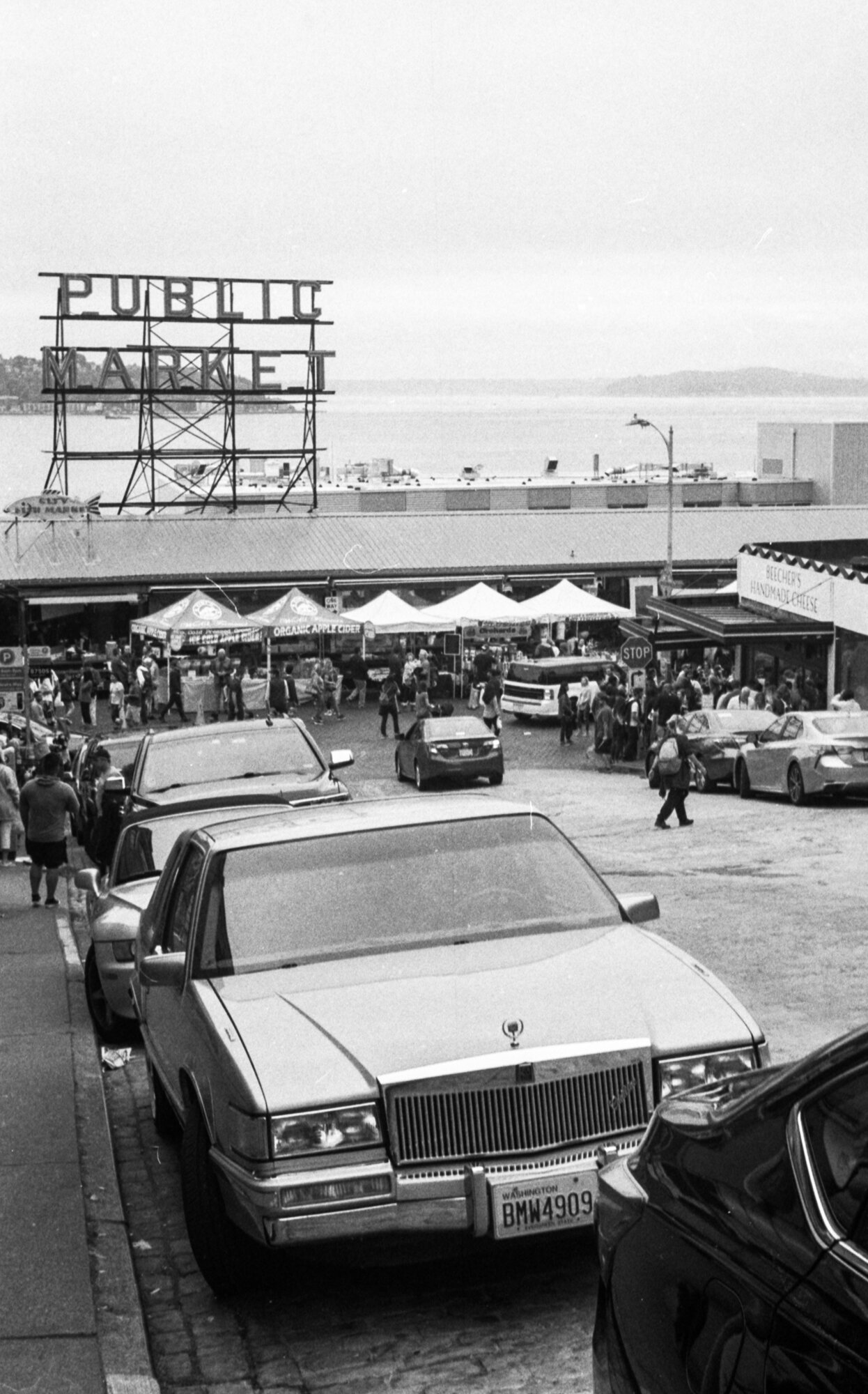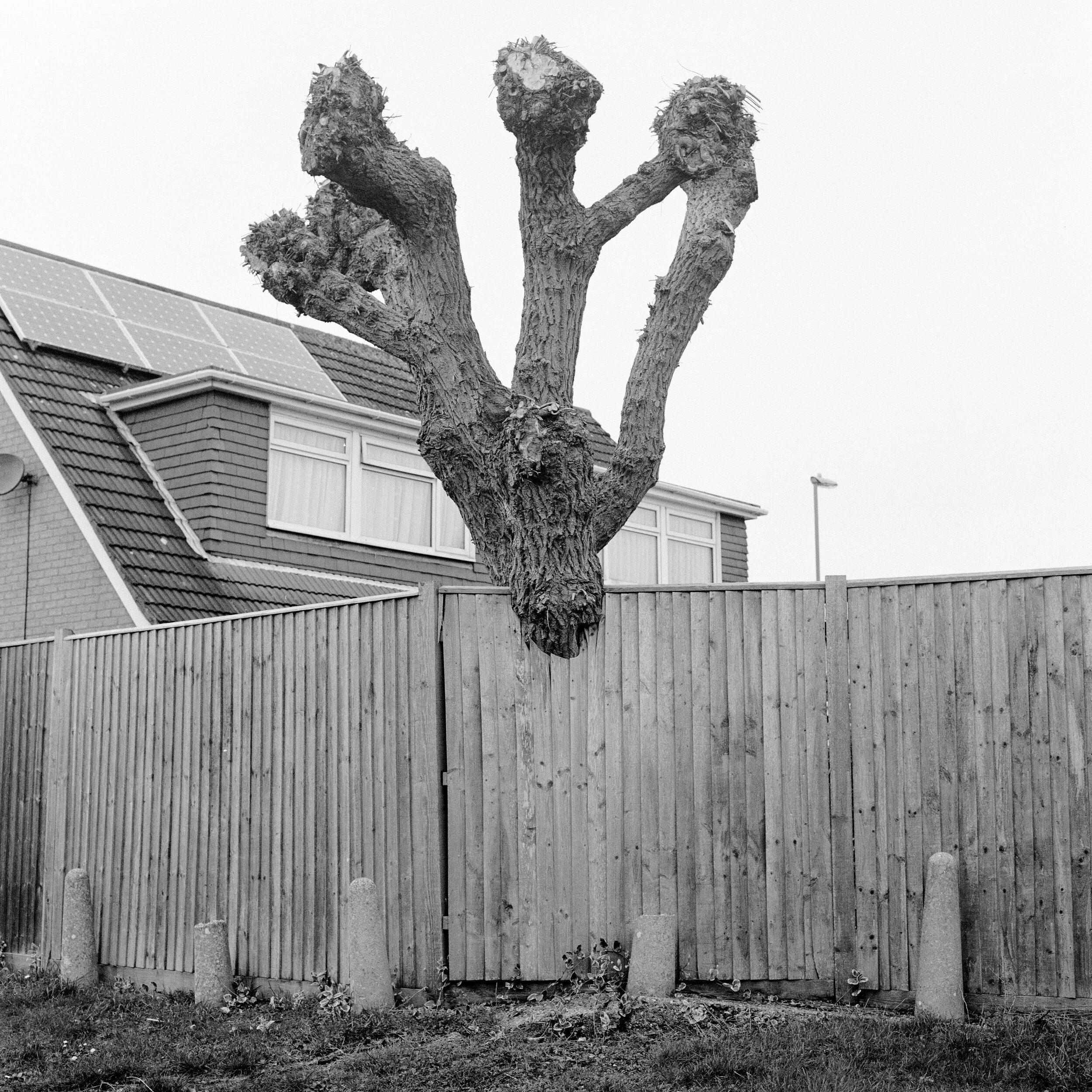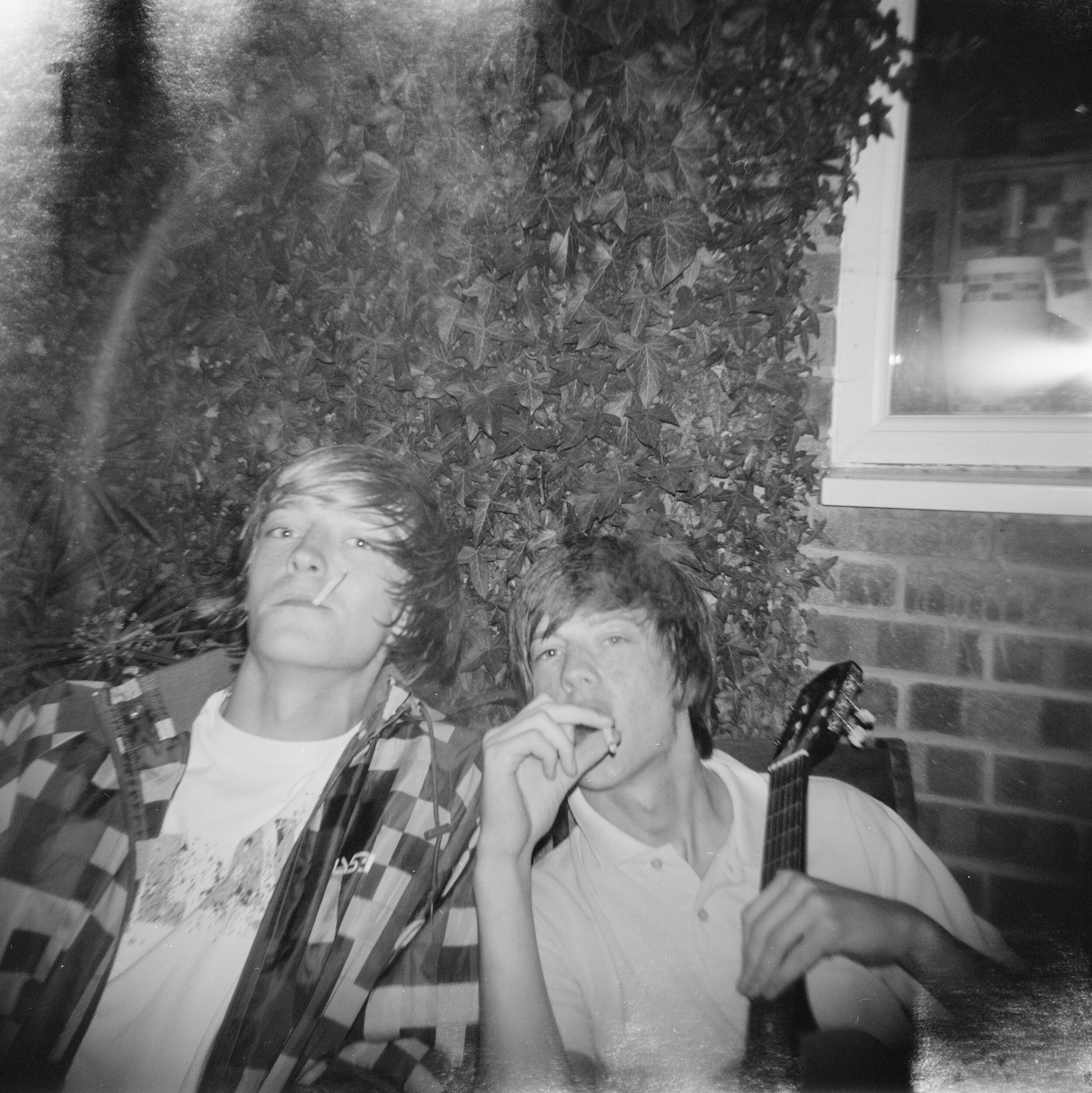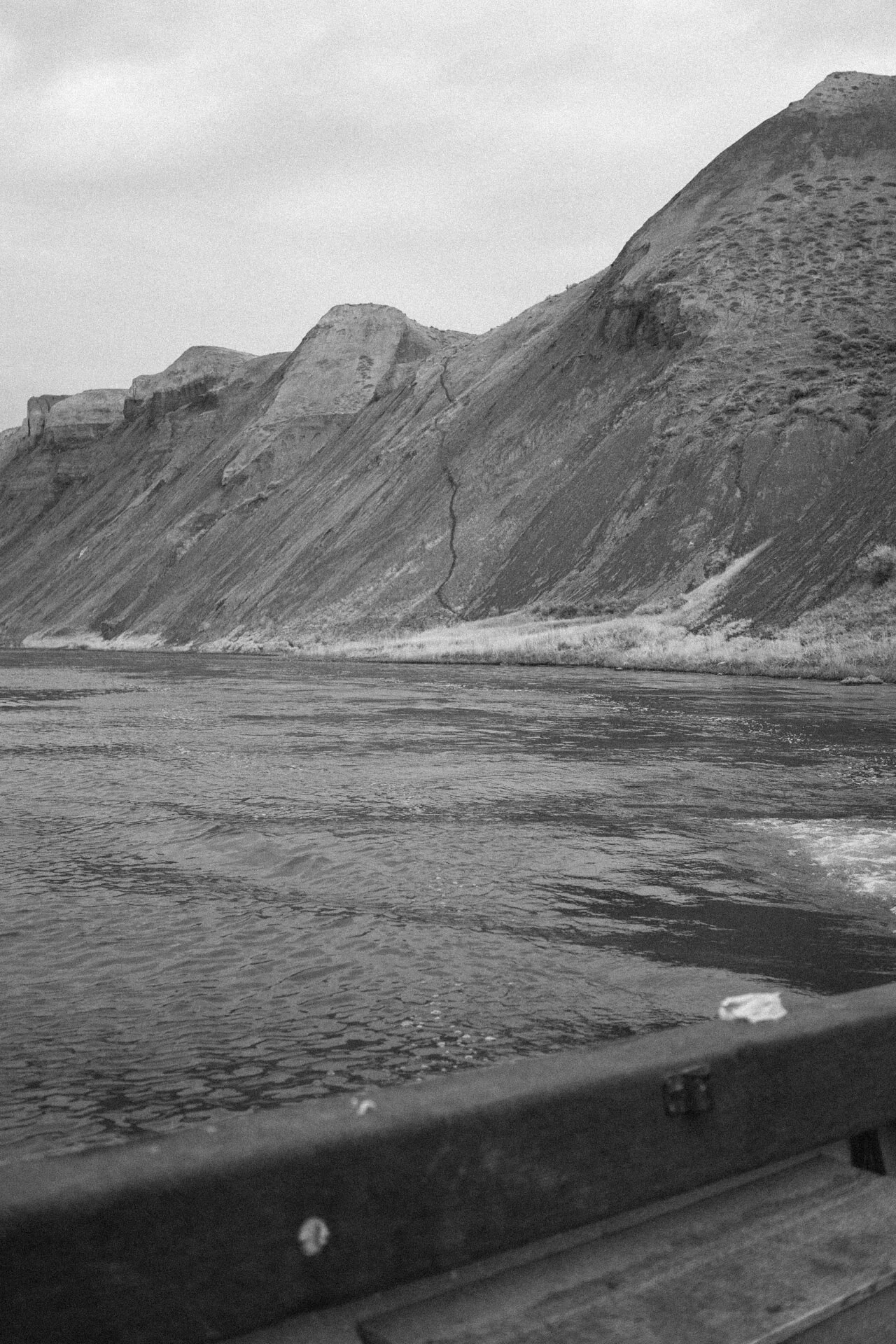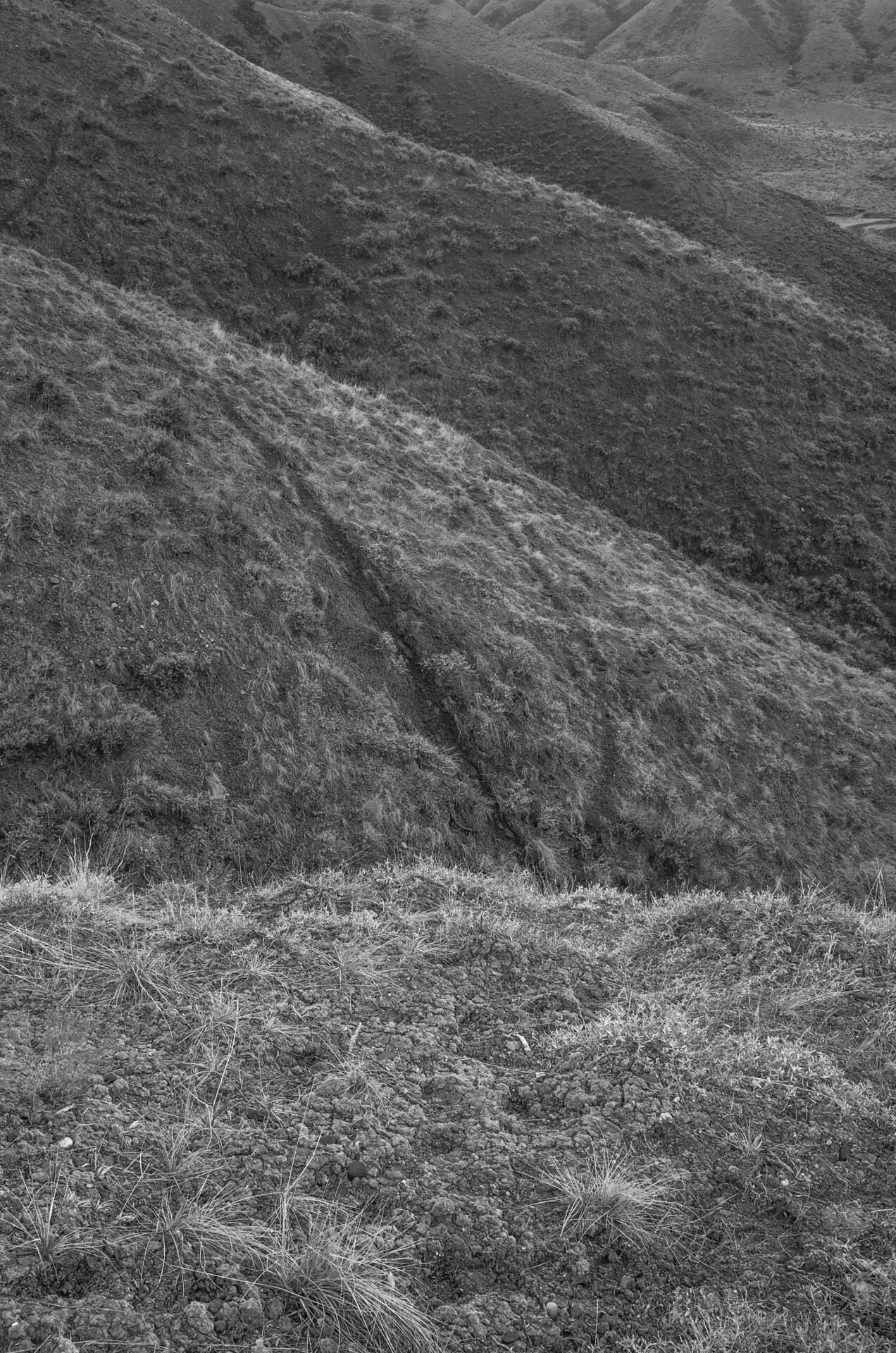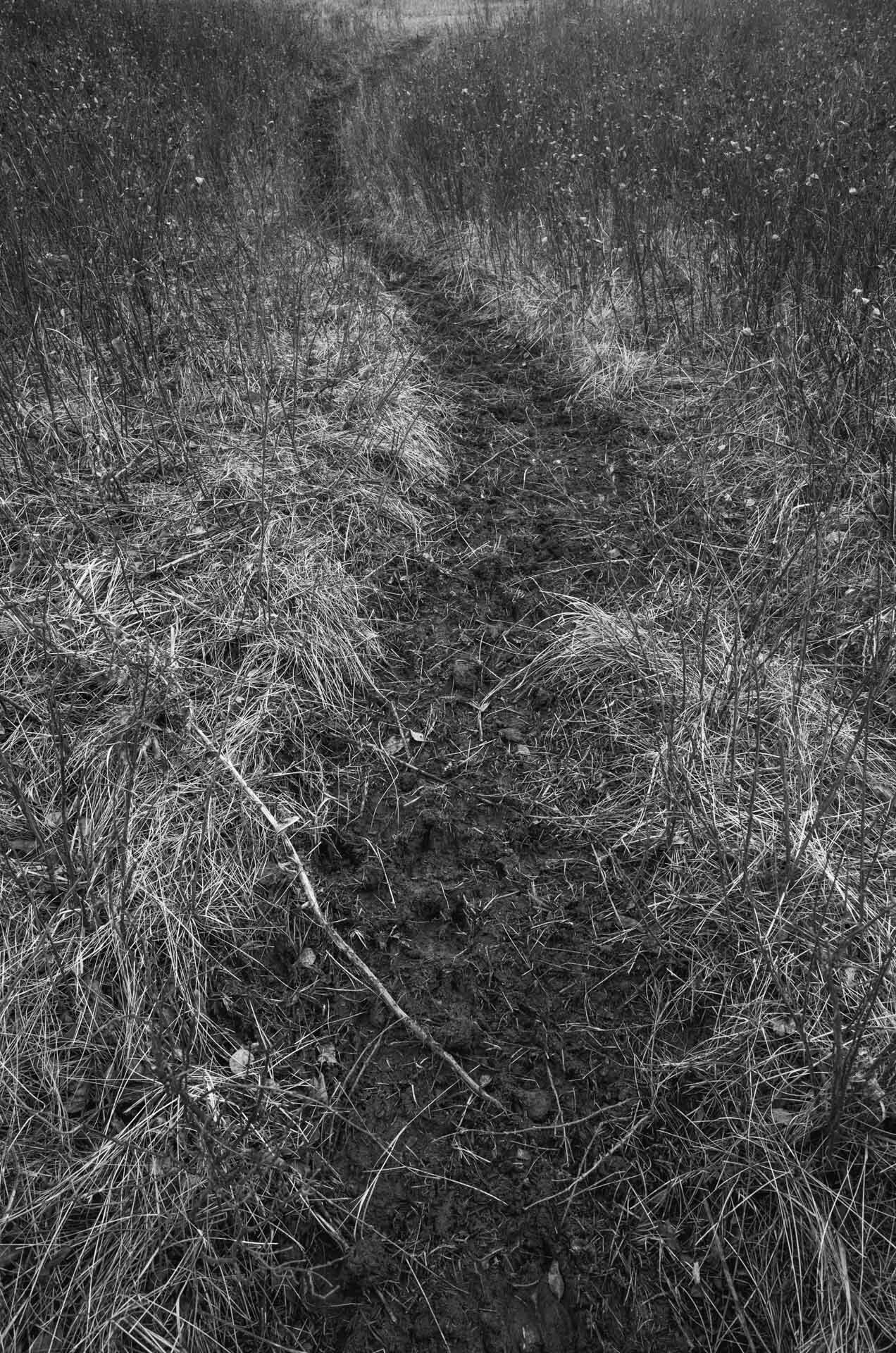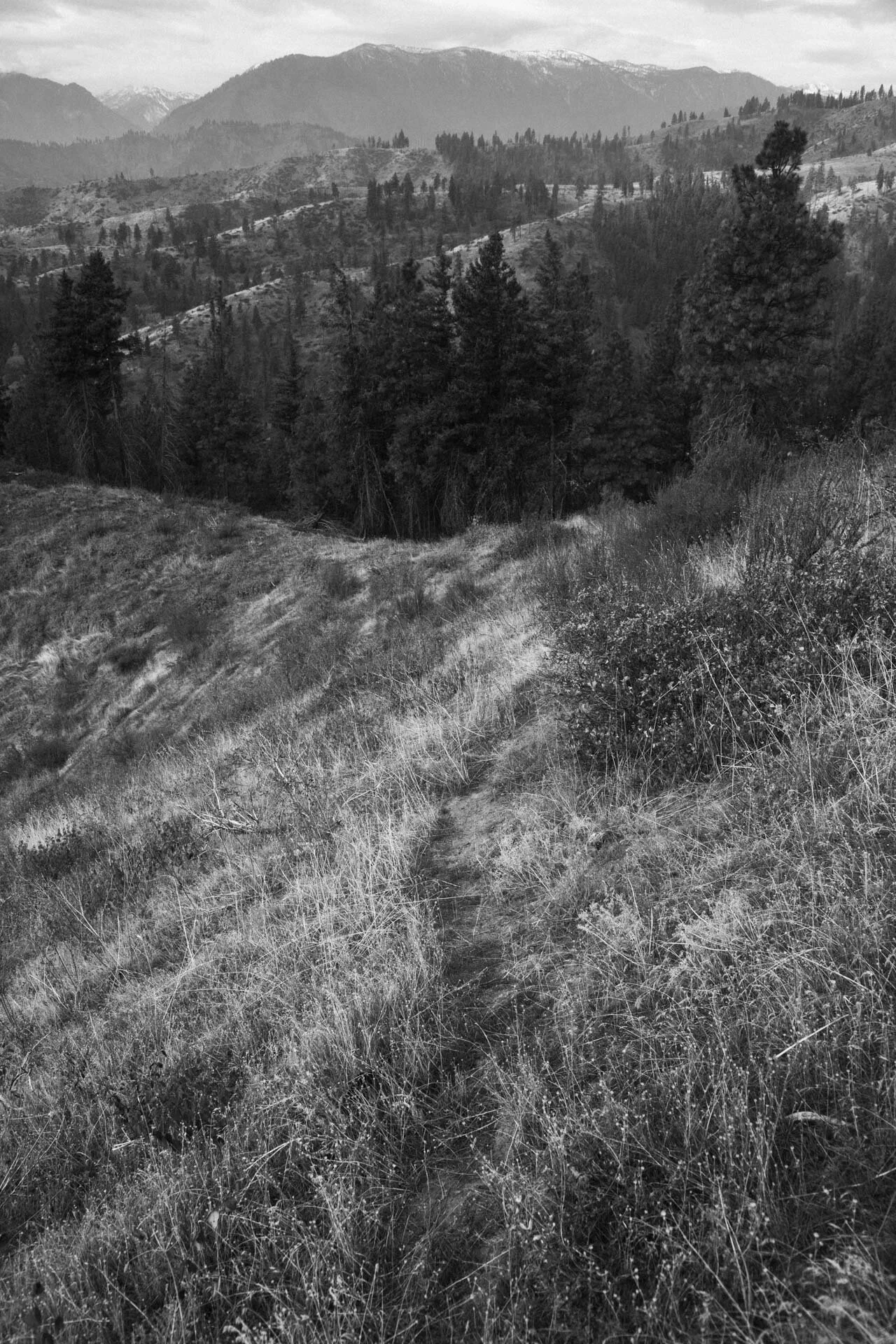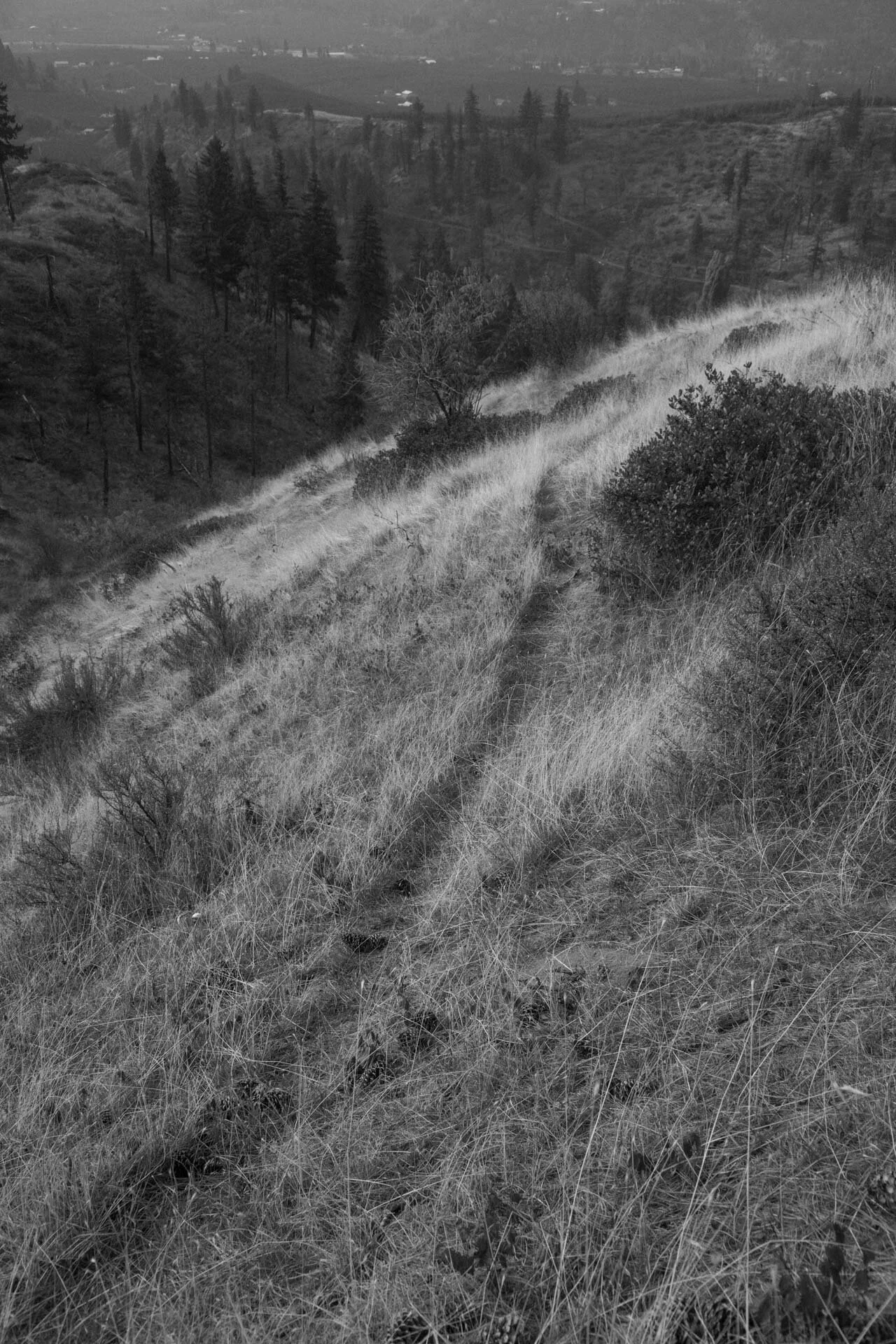The Public Work: Kwasi Boyd-Bouldin
PC: Kwasi Boyd-Bouldin
Andrew D. McClees (ADM): Hi Kwasi, thanks for doing the interview! For those who may not be familiar with you or your work, could you introduce yourself, and give us an overview?
Kwasi Boyd-Bouldin (KBB): My name is Kwasi Boyd-Bouldin and I’m a photographer from Los Angeles. I primarily shoot documentary landscape and street photography with an emphasis on underrepresented neighborhoods. I was born in Brooklyn, New York but have lived in L.A. since I was 2 years old, I grew up moving between Hollywood, East Hollywood, and Mid City, those are also the neighborhoods I tend to photograph most.
ADM: You're launching a site called "The Public Work" and leading with an essay/body of work with Erwin Recinos called "Neighborhood Quarantine." In which you're shooting the color/digital images, while Erwin shoots the BnW images on film. What was the impetus to start the website and how did the new collaborative body of work start?
PC: Kwasi Boyd-Bouldin
KBB: I started The Public Work at the beginning of the year as a home for my street photography essays. It was inspired by the role I think that photography can play in documenting life from street level. Once the pandemic hit the city I began to use it as a platform to share what it was like in some of the neighborhoods that didn’t make the news.
Erwin is one of my oldest friends and I’ve collaborated with him on several projects over the past decade such as our old photography collective Snapshot Galleria (with Luis Torres) and multiple zine collaborations. I reached out to him for the Neighborhood Quarantine essay because I saw the work that he was making and thought that it would work well with some of mine.
PC: Kwasi Boyd-Bouldin
ADM: When you're working collaboratively, do you notice your workflow change, or at the very least what you're drawn to shoot, in relation to the other contributor's work?
KBB: My workflow doesn’t really change. Unless I’m on a professional assignment, I shoot the same things wherever I go. The great thing about working with Erwin (and others I have collaborated with in the past) is that our work just fits. We often just settle on a theme and interpret it on our own. It involves a lot of trust but the results speak for themselves.
ADM: Stepping back, more generally, what's your working practice like - you seem to split your chops between topographics work and traditional street photography - what gets you out to shoot, and what are you looking for when you're out on the street shooting?
PC: Kwasi Boyd-Bouldin
KBB: The goal of my photography has always been to accurately portray life in the city as I see it. When I first started out, I focused exclusively on urban landscape but in the past few years I’ve incorporated traditional street photography into my work. I find that the combination of the two styles allows me to document neighborhoods with more clarity. I’m attracted to scenes and moments that often go unnoticed during the course of our daily lives.
ADM: Was there a particular moment or project that prompted the step into more traditional street photography - you mention that blending both styles gives you a better insight into the neighborhoods you document?
PC: Kwasi Boyd-Bouldin
KBB: In 2018 I was accepted into and attended the New York Times portfolio review. The day after the review, I had a day to explore the city on my own and I decided to experiment a bit with street photography. That was really when the seed was planted and I saw the potential in combining it more purposefully with my landscape work. I had experimented with "traditional" street photography for years prior to this but I never made the effort to integrate that approach with my professional body of work. Something just clicked that week in New York and I've been moving forward ever since.
ADM: (If you'll allow me to pivot a bit) in the last couple of weeks I've noticed you've put up a couple more essays, and (on instagram as well) have added the new essay "Hindsight (2020)" about the turmoil 2020 has brought so far - and how Los Angeles (and Angelenos) have resiliently responded. What do you think are the key images to understanding Hindsight, and why those images?
PC: Kwasi Boyd-Bouldin
KBB: The Hindsight essay is the result of me just realizing how insane this year had been in L.A. It has really been difficult to process it all so I tried to present it plainly for the viewer. It starts out in the beginning of the year when, like many of us, I was filled with optimism about 2020. The Kobe Bryant tragedy hit Los Angeles really hard and personally, that was tough. I wanted to show a bit of how the city came together to celebrate his life, not just through official means but also on the street. The quarantine and BLM protest movement have continued to reshape life in the city. The main goal of the essay was to show a bit of what all of these events were like here.
ADM: Typically when you're creating your own personal projects is there something that inspires you to create them or put them together - in your intro you mention underrepresented neighborhoods, but is there any other particular draw or inspiration that runs through your work? Also do you find yourself going out and creating projects from the outset, or assembling them once you start to see common threads in your pool of photos?
PC: Kwasi Boyd-Bouldin
KBB: Exploring neighborhoods is the core motivation for my photographic work. The focus on underrepresented neighborhoods is because I grew up in several of them. The places I explored in my childhood were never properly shown or woven into the popular narrative about Los Angeles. This disconnect is what inspired me to photograph them in the first place. I'm drawn to photographing details that are both inconspicuous and indicative of the space. Ideas for projects often occur to me when I am out shooting or after I'm done. The only really planning I do at the outset is deciding location, everything else just flows as I take pictures. I also constantly go over my archives. Time is one of the most important aspects of photography and pictures often gain relevance with it's passage.
ADM: You mention a predilection for "photographing details that are both inconspicuous and indicative of the space." Could you give some examples - either as photos or like a description of what those details might be?
PC: Kwasi Boyd-Bouldin
KBB: What I mean by that is I try not to be flashy in selecting subject matter to photograph. I find that the elements that most consider ordinary are often what makes a place unique. So whether it's a building or a bus bench, I think that a lot can be learned by documenting them in the context of the surrounding neighborhood.
ADM: Have there been any neighborhoods that really surprised you? Or like you decided to go shoot them, but when you look back at the photos you got, it was much different in feel or appearance than that neighborhood looked initially or in passing?
PC: Kwasi Boyd-Bouldin
KBB: The neighborhoods that have surprised me the most so far are outside of California. They were completely new experiences so I was really outside of my comfort zone and I enjoyed it. The first place that comes to mind is New Orleans. I got a chance to explore a lot of the city on foot a few years ago and every area I visited was incredibly interesting. I really didn't have any knowledge of what it felt like to be in a place as old as that city is. I saw a side of life in this country that I had not seen before.
ADM: Looking forward a bit - what projects are you working on right now? Will you follow up (or continue) Hindsight (2020) to the close of the year?
KBB: I'm currently working on a few projects for clients that I can't quite discuss in detail but I'm looking forward to sharing them in the near future. My focus continues to be on building my portfolio and expanding The Public Work project. I honestly wander a lot creatively but I always find inspiration out in the streets I photograph.
PC: Kwasi Boyd-Bouldin
ADM: What advice would you have for someone looking to go explore a new neighborhood, or photograph a new area - underrepresented or not, but doesn't know a lot about documenting an actual neighborhood?
KBB: The most important thing is to stay focused and respect the space.
ADM: From Bryan Mederos: Why is Photography so easy but yet so hard?
KBB: The act of taking a picture is deceptively simple. Learning what gives an image meaning is the difficult part.
ADM: What question do you have for the next photographer? - you can answer it yourself if you'd like.
KBB: How do you want people to remember your work?
ADM: Where can we see more of, and/or potentially purchase your work - do you have any other parting words or other advice?
KBB: I have a few projects coming up in the near future that I can't talk about yet so the best place to see my work is my website or Instagram. The only advice I really have for anyone trying to be a photographer is not to forget why you started taking pictures in the first place.




































